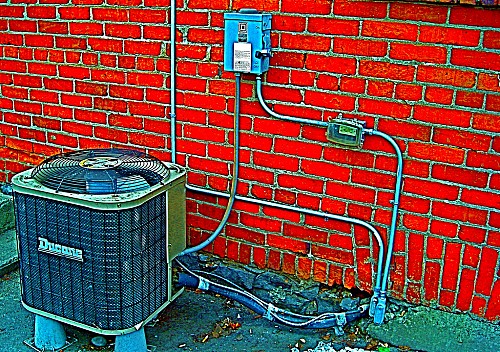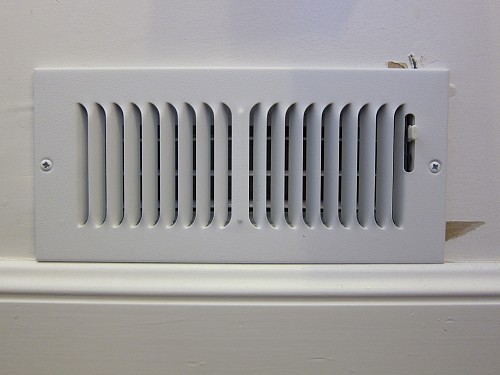AC Not Cooling? Try This Handy AC Troubleshooting Guide
It always seems to happen this way – you come home after a long hot summer day working, commuting, and maybe picking up something quick for dinner. You switch on the air conditioner, but that “Ahhh!” of anticipation soon turns to “What the …? Why is the AC not working?” That’s definitely bad news. But the good news is that the situation may not be as complicated – or expensive – to cope with as you fear. Here’s a handy checklist of simple AC troubleshooting tips to try.
1. Check the power supply. APPLIANCE REPAIR RULE #1: Make sure the plug is in the outlet and the connection is firm. APPLIANCE REPAIR RULE #2: Check whether a power outage -- increasingly common in the summer months -- is affecting your house or neighborhood. Next, see if either of the breakers controlling your air conditioner has tripped. (The inside and outside unit each has its own breaker. Did you know that if your AC is blowing but not cooling, the outside unit’s breaker may have tripped?) If you find yourself resetting your air conditioning breakers frequently, you could be have a serious problem with the unit or with your electrical system.
2. Check the HVAC registers. You may feel that the AC is not cooling if your HVAC registers (wall vents that channel heated or cooled air into your room) are closed or blocked. Open the registers wide to allow the cooled air to circulate adequately. Move anything that might be obstructing the circulation, such as curtains, large pieces of furniture ... even an oversized houseplant.
Play it safe: Always, ALWAYS turn off the electrical power before you try the following do-it-yourself AC repair tips:
3. Check the filter. If your AC is running but not cooling, the culprit could be a clogged filter, which is restricting air flow to the system so that the motor runs without producing any results. This is especially likely if:
- You’ve been using the air conditioning heavily
- You have furry pets in the house
- Your house or neighborhood is exceptionally dusty
Clean or change the filter as necessary. Then continue inspecting the filter every month. BONUS: Using a clean filter can reduce your air conditioning costs by as much as 15 percent.
4. Check the outside unit. Clean the condenser coils. Remove spider webs, fallen leaves, weeds, or other debris and trim any trees or bushes that might be blocking the unit and causing your AC problems. Follow up by gently rinsing off dirt with a garden hose.
5. Check the thermostat. If your thermostat display isn't lighting up, change the batteries. Next, adjust the thermostat fan setting to “Auto,” rather than “On” (which will cause the fan to run constantly and result in your AC blowing hot air at times). Set the thermostat at “Cool,” with the temperature 5 degrees below current room temperature.
6. Check the switches. Your home cooling system includes on-off switches to the indoor and outdoor components (usually located near the air handler and the compressor, respectively). Make sure these have not been accidentally flipped to the “Off” position. In addition, your unit might be equipped with a water safety switch to prevent water leakage if the AC drain becomes clogged. If this is the case, the drain will need to be cleared.
Fixed it? Congratulations! If, on the other hand, you’ve tried all these tips and your AC is still not performing up to par, chances are that there is a more serious problem, such as leaking refrigerant. Now it’s time to call in an HVAC pro for expert AC service.
Laura Firszt writes for networx.com.
Updated December 20, 2018.
Looking for a Pro? Call us (866) 441-6648

Average Costs
Related Experiences

Our Ceiling Fan Journey

Electrician Restarted The Lights In My Outdoor Kitchen





